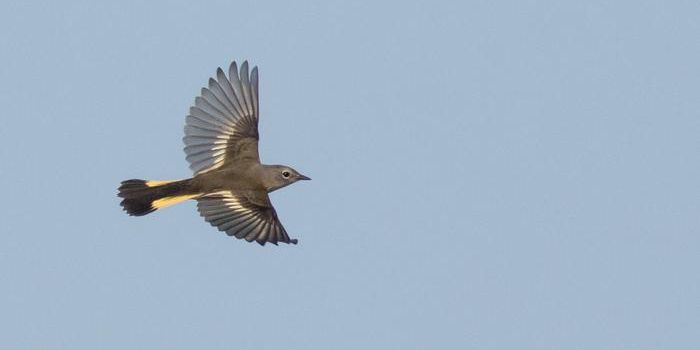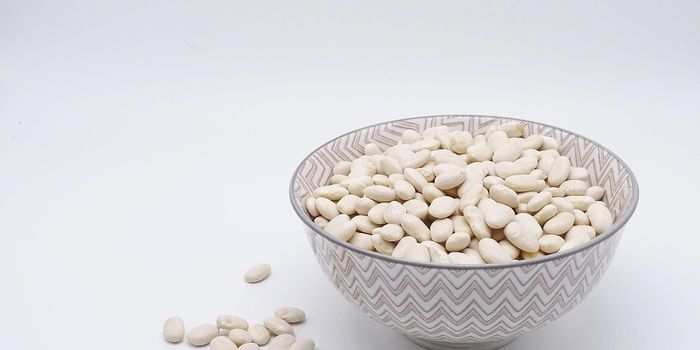The female baboon, much like a Kardashian, has always been known for having a very prominent bottom. Scientists have tended to connect the size of a female baboon's hindquarters to the attraction of male baboons, but there could more to the story. A new study out of Southern Kenya might show otherwise however.

A team of researchers from Duke University and Princeton was able to take measurements of female baboons in the wild and their results were unexpected. The study appears online in the journal Animal Behaviour.
Baboons breed throughout the year, and part of the biological signal that a female is ready to mate is the size and deep color of her behind. This is in an indicator of ovulation, which goes on for approximately 10 to 20 days per month. The tissue shrinks back to normal when the hormones have stopped surging.
To precisely measure this variation in female baboons, researchers had to get creative. Understandably, female baboons would not appreciate scientists getting up close and personal on their lady parts. Duke University researcher Courtney Fitzpatrick adapted a camera technique that was originally developed to measure large animals like elephants and bison from a distance.
Fitzpatrick outfitted a telephoto zoom lens with a digital caliper, which allowed her to know how far away a baboon was from the camera. Then by counting pixels in the resulting digital images of baboon bottoms and converting them to millimeters, Fitzpatrick was able to estimate the size of each swelling.
As with humans, size did vary. Measurements from 34 females revealed that some females swell more than others. The biggest bottom belonged to a female named Vow, whose rump swelled by 6.5 inches as she approached ovulation. The smallest belonged to a female named Lollipop, whose bottom only increased by four inches.
"Some females are just bigger than others," Fitzpatrick said.
The team combined these measurements with large amounts of long-term data on the offspring of each female. When factors such as the female's age and rank were accounted for they were surprised to find that females with bigger backsides don't necessarily make better mothers. The baboons with larger behinds did not produce more surviving infants than their smaller counterparts.
The researchers also documented male courtship behavior during the time when females were swollen. This is where their findings deviated from what was expected. They found that big-bottomed females were no more likely to attract mates than their smaller-bottomed counterparts.
Instead of going for larger and more prominently swollen backsides, most males preferred females that had cycled more times since their last pregnancy.
Female baboons are similar to human females in that after having a baby, ovulation does not return right away. Usually after a baboon infant has weaned, a female baboon will be ready to mate again. Pregnancy is less likely to occur while a baboon mother is still feeding her infant, another similarity to human mothers.
The study results suggest that male baboons are attracted to those females who are more biologically ready for a baby than just those who are swollen to larger sizes. Rather than rump dimensions, it seems that males go for females who have had more post partum cycles.
"It's almost as if the males are counting," Fitzpatrick said. "Our study suggests that, at least in part, males follow a rule along the lines of 'later is better' rather than 'bigger is better.'"
Since baboon mating is largely driven by the need to produce offspring more likely to survive, the study may have uncovered additional factors that male baboons notice when mating and that these considerations go beyond the very visual signal of a large red bottom. The team hopes to do further research to determine if females actually mate with more males after they've had more postpartum menstrual cycles, and whether that translates to higher survival for their offspring.









